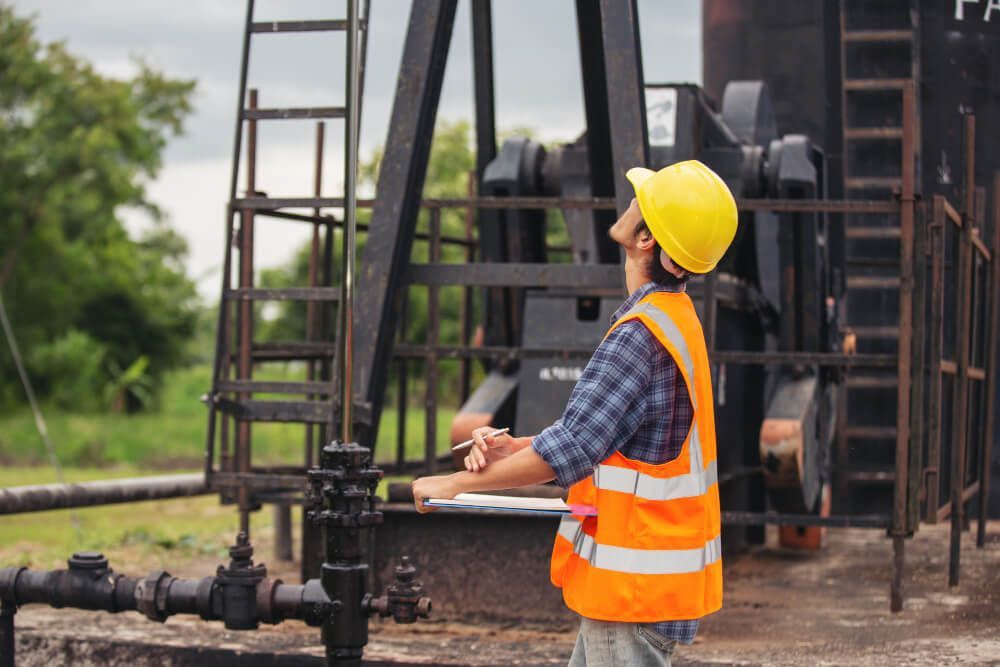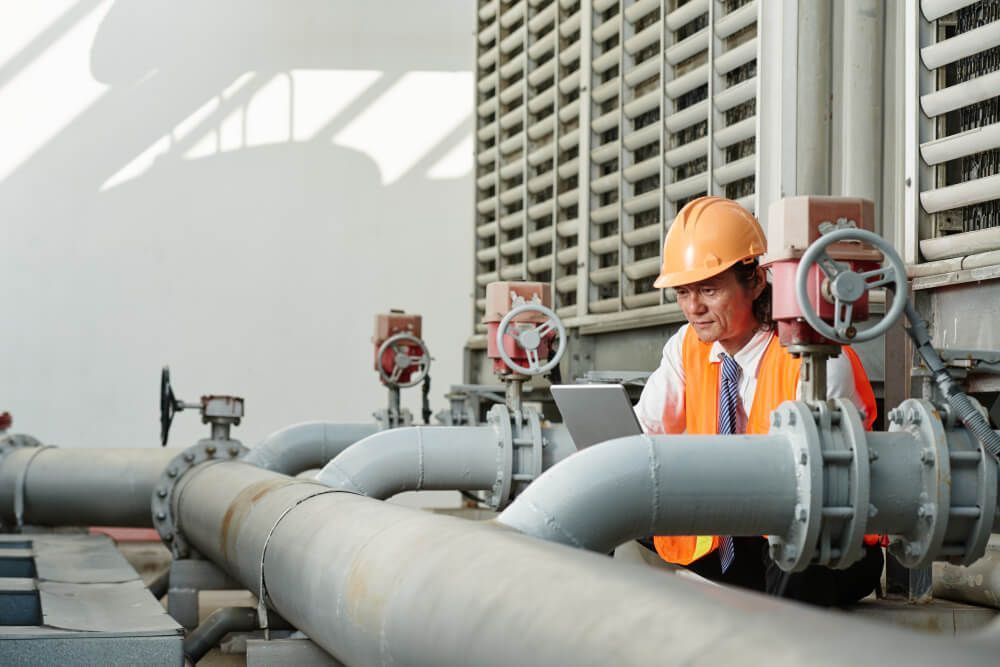The Australian resources sector has long been a major employer, offering opportunities across mining, energy, and offshore exploration. For those seeking an oil and gas job, Australia provides a strong pathway to rewarding careers in operations, maintenance, engineering, and health and safety. But with high competition and strict industry standards, many professionals wonder exactly how to get a job in oil and gas in Australia.
This guide breaks down the steps you need to take, from building qualifications to connecting with specialist recruiters like Techforce Personnel, to help you secure your place in this thriving industry.
Understanding the Australian Oil and Gas Industry
Before applying, it’s important to understand the sector’s scope. Australia is home to major offshore and onshore projects, particularly in Western Australia, Queensland, and the Northern Territory. Roles range from drilling engineers and process operators to HSE advisors, geologists, and offshore technicians.
Key points to know:
- Australia’s oil and gas sector is highly regulated, requiring compliance with environmental, safety, and technical standards.
- Most jobs are based in remote or offshore locations, often on FIFO (fly-in, fly-out) rosters.
- The sector is evolving, with traditional petroleum and LNG projects existing alongside growing investment in hydrogen and renewable energy.
By understanding this landscape, you can align your skills with areas in demand and tailor your applications effectively.
Qualifications and Training Requirements
One of the most important steps in securing an oil and gas job is meeting the industry’s strict qualification standards.
Education:
- Engineering degrees (mechanical, petroleum, chemical, civil, or electrical) are often required for professional roles.
- Vocational training or trade certifications (Certificate III/IV in Process Plant Operations, Instrumentation, or Electrical) can open doors to technician and operator roles.
Licences and Safety Tickets:
- White Card (general construction induction)
- Confined Space Entry
- Working at Heights
- HUET (Helicopter Underwater Escape Training) for offshore jobs
- First Aid and CPR
Specialist Certifications:
- HSE qualifications such as NEBOSH or IOSH
- Hazardous areas training for electricians
- NDT and welding certifications for maintenance roles
By obtaining these certifications, you demonstrate to employers and recruiters that you are site-ready and safety-compliant.

Gaining Industry Experience
While education is crucial, practical experience sets candidates apart. Entry-level applicants can gain experience through:
- Internships and graduate programmes with energy companies
- Short-term shutdown and turnaround contracts
- Maintenance or construction work in mining and heavy industry
- Apprenticeships in mechanical, electrical, or instrumentation trades
Once you build a foundation, you can progress to offshore or specialist roles. Even experience in adjacent industries like mining or utilities is highly transferrable to oil and gas.
Crafting an Industry-Ready Resume
Your resume is your first impression, so it needs to reflect oil and gas industry requirements.
Tips for optimisation:
- Use keywords such as “maintenance technician”, “offshore operations”, “HSE compliance”, and “process control systems”.
- Highlight safety achievements, compliance with regulations, and hands-on technical expertise.
- Quantify results (e.g., reduced downtime by 12%, supervised a team of 15 technicians, completed 200+ valve inspections).
- Keep it concise, with a clear layout suited to Australian standards.
A tailored cover letter explaining why you’re passionate about the sector and how you meet the job’s criteria can significantly increase your chances of being shortlisted.
Where to Find Oil and Gas Jobs
Many jobs in this sector are not publicly advertised, which makes working with a recruitment agency essential.
Best sources to explore include:
- Specialist recruiters like Techforce Personnel, who connect skilled candidates with leading energy companies across Australia.
- Industry-specific job boards such as Rigzone and OilandGasJobSearch.
- Mainstream job sites (SEEK, Indeed, LinkedIn) with filters for oil, gas, and energy.
- Networking through industry associations like the Society of Petroleum Engineers (SPE) or Engineers Australia.
Recruitment agencies play a vital role because they often have exclusive access to contracts, shutdown rosters, and project-based hiring campaigns.
Networking and Building Connections
The oil and gas industry values connections. Many jobs are filled through referrals or networks before reaching public job boards.
To grow your network:
- Attend energy conferences and trade shows in Australia.
- Join professional associations and LinkedIn groups dedicated to oil and gas.
- Engage with industry recruiters and maintain strong relationships.
- Participate in training workshops or seminars to meet industry professionals.
Networking is especially important for overseas workers seeking sponsorship opportunities, as relationships often help bridge the gap between skills and visa approvals.

Visa and Work Rights Considerations
For international candidates, knowing the visa requirements is crucial. Non-citizens who want to work on offshore installations or remote projects must hold the appropriate visa. Options include:
- Temporary Skill Shortage (subclass 482) visa
- Skilled Nominated (subclass 190) visa
- Regional (subclass 491) visa
Employers and recruitment agencies may assist with visa sponsorship for high-demand roles, but you must also meet medical and safety standards before deployment.
Preparing for the Interview
Once you secure an interview, preparation is key:
- Review technical knowledge relevant to the role.
- Be ready to demonstrate safety awareness and discuss examples of incident prevention.
- Use the STAR method (Situation, Task, Action, Result) for behavioural questions.
- Research the company’s projects and values to show genuine interest.
Employers in the oil and gas industry place heavy emphasis on safety, teamwork, and adaptability, so highlight these strengths throughout your responses.
Career Progression in Oil and Gas
The industry offers excellent long-term career pathways. Starting with an entry-level technician role, you can move into supervisory, specialist, or management positions. Ongoing training and upskilling are vital to advancing your career, whether it’s learning new digital tools, gaining project management qualifications, or expanding into renewable energy integration.
Conclusion
Securing an oil and gas job in Australia is achievable with the right approach: build the necessary qualifications, gain hands-on experience, optimise your resume, and connect with recruiters who specialise in the industry. By following these steps, you’ll know exactly how to get a job in oil and gas in Australia and position yourself for long-term success in this dynamic sector.
At Techforce Personnel, we help candidates every step of the way from application to placement. If you’re ready to take the next step in your oil and gas career, explore our current opportunities and connect with our team today.



